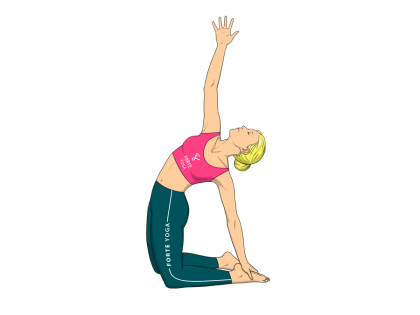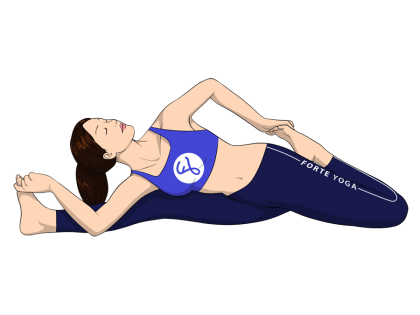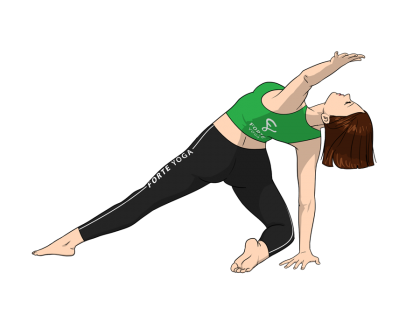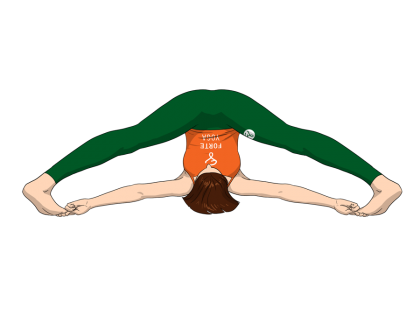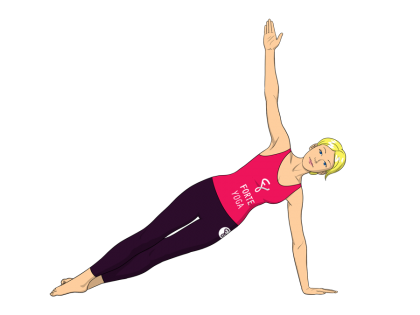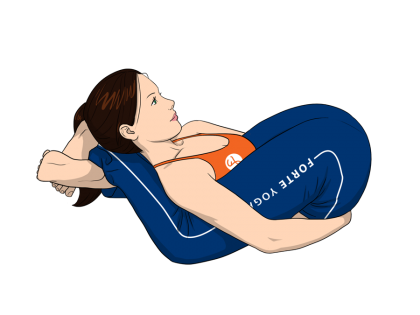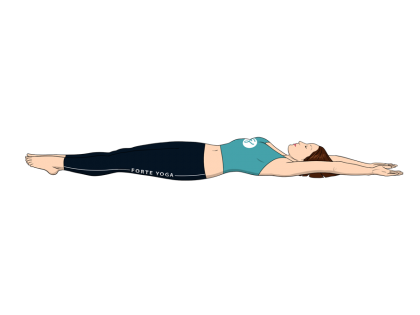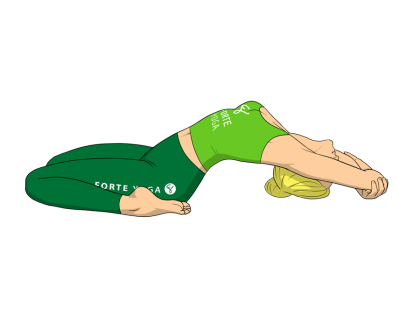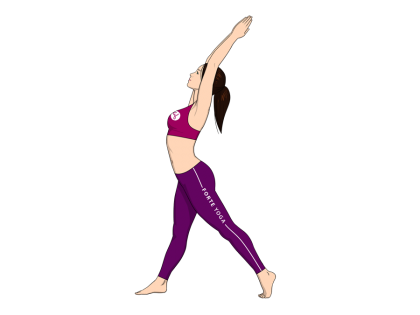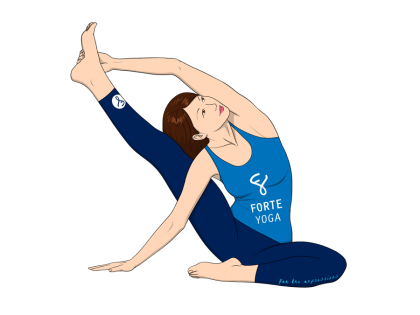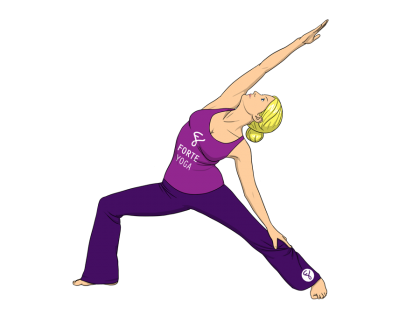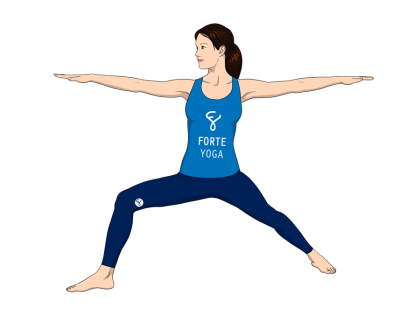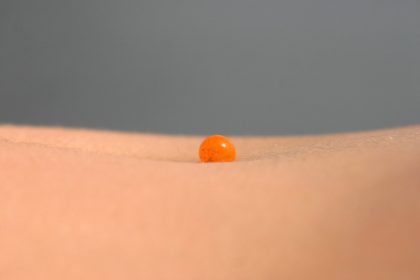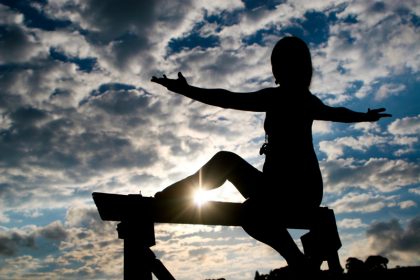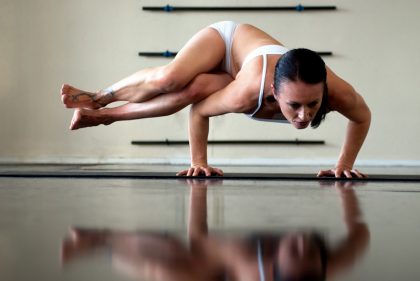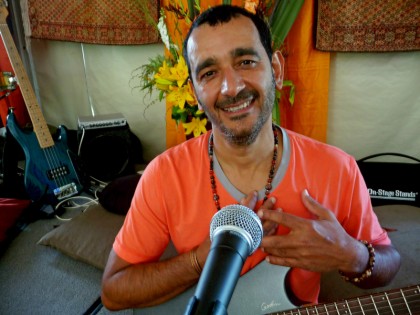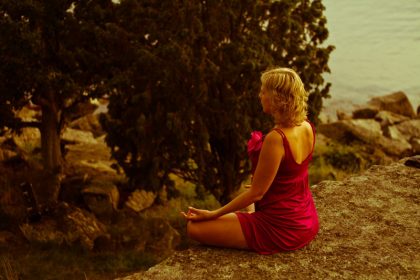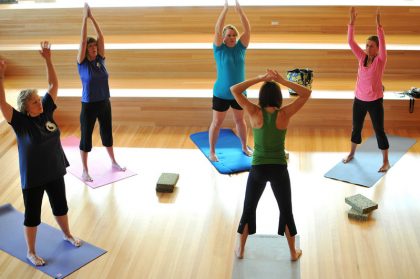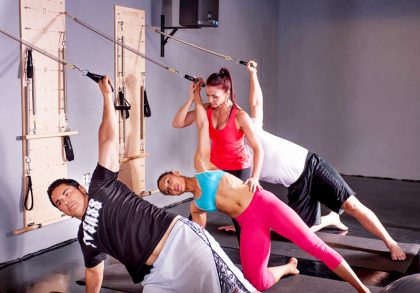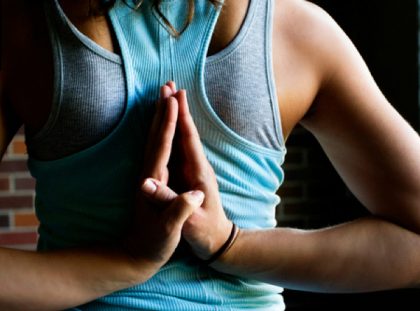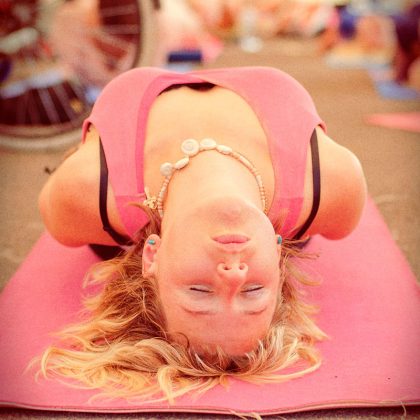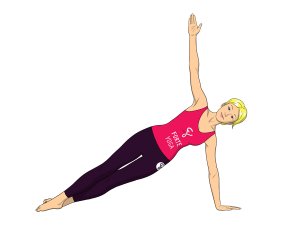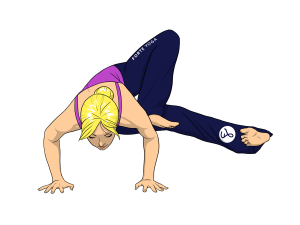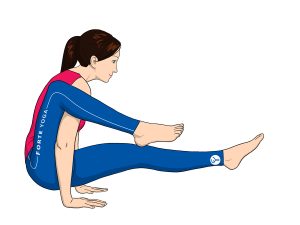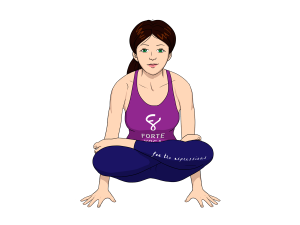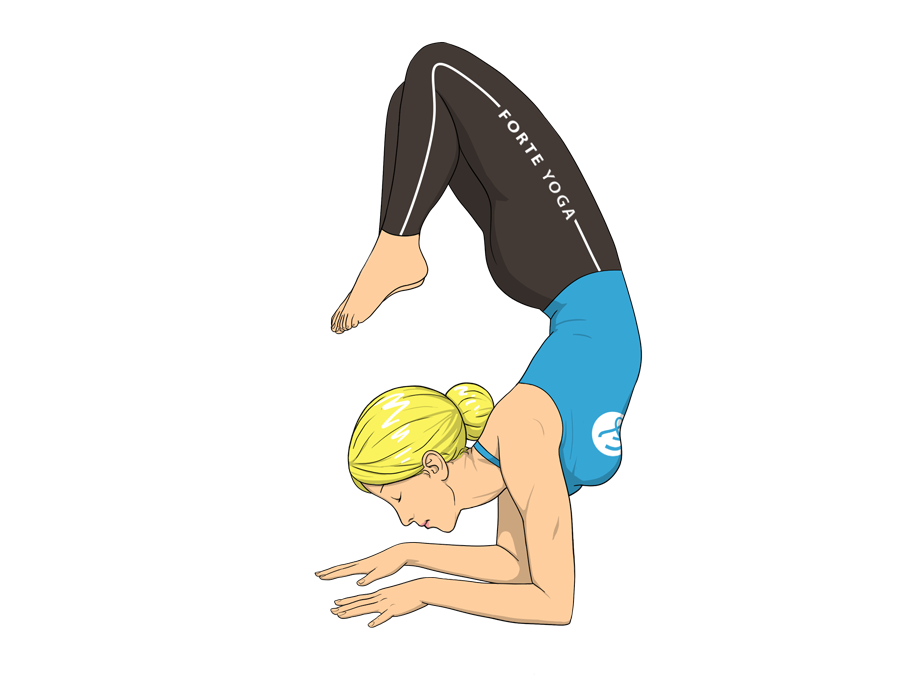
Devotion Scorpion Yoga Pose is an arm balance, inversion pose that targets the shoulders and is ideal for yogis and yoginis at an advanced level.
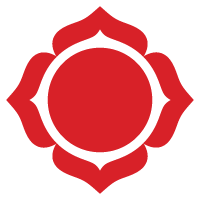 muladhara – the root chakra
muladhara – the root chakra svadisthana – the sacral chakra
svadisthana – the sacral chakra[yoga-sharrre]
- Begin by entering the Feathered Peacock Pose (Pincha Mayurasana). Make sure your forearm balance is stabilized, then spread your toes and lift out of your shoulders. Once you have a stable base, you may begin lowering your legs into the Devotion Scorpion.
- Exhale and bend your legs at the knees simultaneously, bringing your shins perpendicular to the floor. As you do this, begin gradually arching your back into a backbend. Tuck in your tailbone as you continue to lower the legs, gently lifting the head up to look between the wrists. Be sure to not lift your head too far, putting strain on the neck and shoulders.
- As you continue to lower the legs and arch your back, your upper thighs will begin to angle themselves toward the floor. Be sure to control the weight and angle of your legs; avoid pushing yourself into a deeper backbend, risking back strain. Stop lowering your legs when you feel the flexibility in your spine beginning to resist the pose; otherwise, continue to lower your toes or feet until the touch or rest on the top of your head, completing the full position.
- If you feel comfortable in this pose and want to deepen it further, transfer all of your weight into your forearms, moving them away from your palms and fingertips. Rotate your wrists inward, bringing the palms together in a prayer position. As you master this pose, gradually lift your hands in this position off of the floor, bringing more and more of your forearms off of the mat.
- Hold the pose for a few breaths, increasing the time by 5-10 second increments as you become more comfortable in the pose. To come out, lower your head as you lift your legs back up into the Feathered Peacock pose. Being sure not to slouch onto your shoulders, lower your legs one at a time, each with an exhalation.
- Breathe deeply through each step.
- This position is only for advanced yoga practitioners. It requires upper body strength, lower back flexibility, good balance and confidence to pull off.
- Do not attempt this position for the first time without a trainer or yoga partner present.
- Do not perform if you have back, neck or shoulder injury.
- Avoid this position if you have heart disease, hip or back pain, high blood pressure (hypertension) or vertigo.
Practice the Feathered Peacock Pose prior to performing this position. Just like with The Scorpion, Devotion Scorpion can be very intimidating. The more comfortable you become with the steps the easier it will be to perform!
If you’re having trouble keeping your balance, try performing the position near a wall. As you lower your legs, walk your feet down the wall using your toes, releasing your feet away from the wall when you feel steady.
Placing blankets and pillows around you will also help to reduce the fear of falling, which may be the most dangerous thing holding you back. If you can overcome this fear you will find that your balance has become more stabilized.
All Muscles: Lower back, biceps, triceps, shoulders, spine, legs
Target Muscles: Shoulders, lower back
- Improves balance and posture.
- Can improve memory and concentration.
- Build stamina and endurance.
- Can relieve back ache or pain from back injury.
- Improves flexibility in spine.

